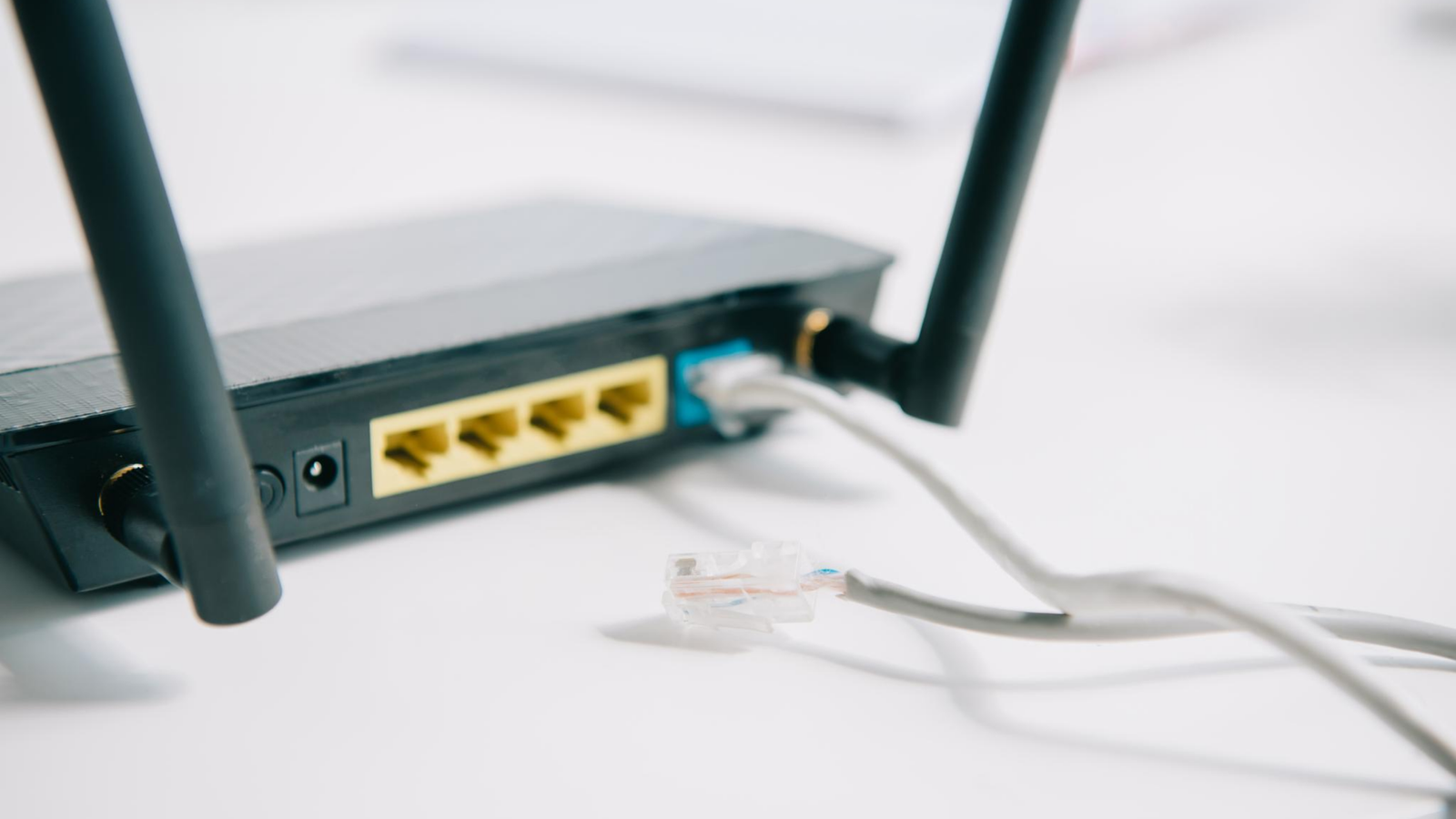In today’s hyper-connected world, Customer Premises Equipment (CPE) security is more critical than ever. CPE devices—such as routers, modems, and set-top boxes—serve as the entry point for network services in homes and businesses. If compromised, they can become gateways for cyberattacks, data breaches, and service disruptions.
This guide explores best practices for CPE security, ensuring your network remains resilient against evolving threats. Whether you’re an IT professional, managed service provider (MSP), or business owner, these strategies will help safeguard your infrastructure.
Why CPE Security Matters
CPE devices are often overlooked in cybersecurity strategies, yet they are prime targets for attackers. Weak default credentials, outdated firmware, and misconfigurations can turn these devices into vulnerabilities. A single exploited CPE can lead to:
- Network intrusions (unauthorized access to sensitive data)
- Malware propagation (infecting other connected devices)
- DDoS attacks (using compromised devices as botnets)
- Service outages (disrupting business operations)
Implementing strong CPE security measures minimizes these risks and ensures uninterrupted, secure connectivity.
Best Practices for Robust CPE Security
1. Change Default Credentials Immediately
Many CPE devices come with default usernames and passwords (e.g., “admin/admin”), making them easy targets for brute-force attacks.
✅ Action Steps:
- Replace default credentials with strong, unique passwords.
- Use a password manager to store credentials securely.
- Enable multi-factor authentication (MFA) if supported.
2. Keep Firmware and Software Updated
Outdated firmware is a leading cause of CPE vulnerabilities. Manufacturers release patches to fix security flaws, but many devices remain unpatched.
✅ Action Steps:
- Enable automatic updates where possible.
- Regularly check the vendor’s website for security patches.
- Replace end-of-life (EOL) devices that no longer receive updates.
3. Disable Unnecessary Services and Ports
Many CPE devices run unnecessary services (e.g., Telnet, FTP) that increase attack surfaces.
✅ Action Steps:
- Disable unused services (e.g., remote management if not needed).
- Close unused ports to prevent unauthorized access.
- Use firewall rules to restrict inbound/outbound traffic.
4. Implement Network Segmentation
If an attacker breaches a CPE device, they can move laterally across the network. Segmentation limits their reach.
✅ Action Steps:
- Use VLANs to separate guest, IoT, and corporate traffic.
- Apply access control lists (ACLs) to restrict communication between segments.
- Consider Zero Trust Network Access (ZTNA) for stricter controls.
5. Monitor and Log CPE Activity
Proactive monitoring helps detect anomalies before they escalate.
✅ Action Steps:
- Enable logging for CPE devices (syslog, SIEM integration).
- Set up alerts for suspicious activity (e.g., multiple failed logins).
- Use intrusion detection/prevention systems (IDS/IPS).
6. Encrypt Data in Transit
Unencrypted traffic can be intercepted, leading to data leaks.
✅ Action Steps:
- Use WPA3 encryption for Wi-Fi networks.
- Enforce VPN usage for remote access.
- Disable weak protocols (e.g., WEP, WPA-TKIP).
7. Conduct Regular Security Audits
Periodic assessments identify vulnerabilities before attackers exploit them.
✅ Action Steps:
- Perform penetration testing on CPE devices.
- Use vulnerability scanners (e.g., Nessus, OpenVAS).
- Review access logs for unauthorized attempts.
8. Physically Secure CPE Devices
Physical tampering can bypass digital security measures.
✅ Action Steps:
- Place CPE devices in locked cabinets.
- Use tamper-evident seals.
- Restrict physical access to authorized personnel.
9. Educate Users on Security Hygiene
Human error remains a leading cause of breaches.
✅ Action Steps:
- Train employees on recognizing phishing attacks.
- Enforce strong password policies.
- Encourage reporting of suspicious activity.
10. Work with Trusted Vendors
Not all CPE manufacturers prioritize security.
✅ Action Steps:
- Choose vendors with a strong security track record.
- Verify if devices comply with industry standards (e.g., NIST, ISO 27001).
- Prefer vendors offering long-term firmware support.
Final Thoughts: A Proactive Approach to CPE Security
CPE security is not a “set it and forget it” task—it requires continuous vigilance. By implementing these best practices, you can significantly reduce risks and maintain a secure network edge.
For managed service providers (MSPs), integrating these measures into client deployments ensures reliable, breach-resistant services. For businesses, prioritizing CPE security means fewer disruptions and stronger compliance with data protection regulations.
Stay ahead of threats by regularly reviewing and updating your security posture. The cost of prevention is always lower than the cost of a breach.
